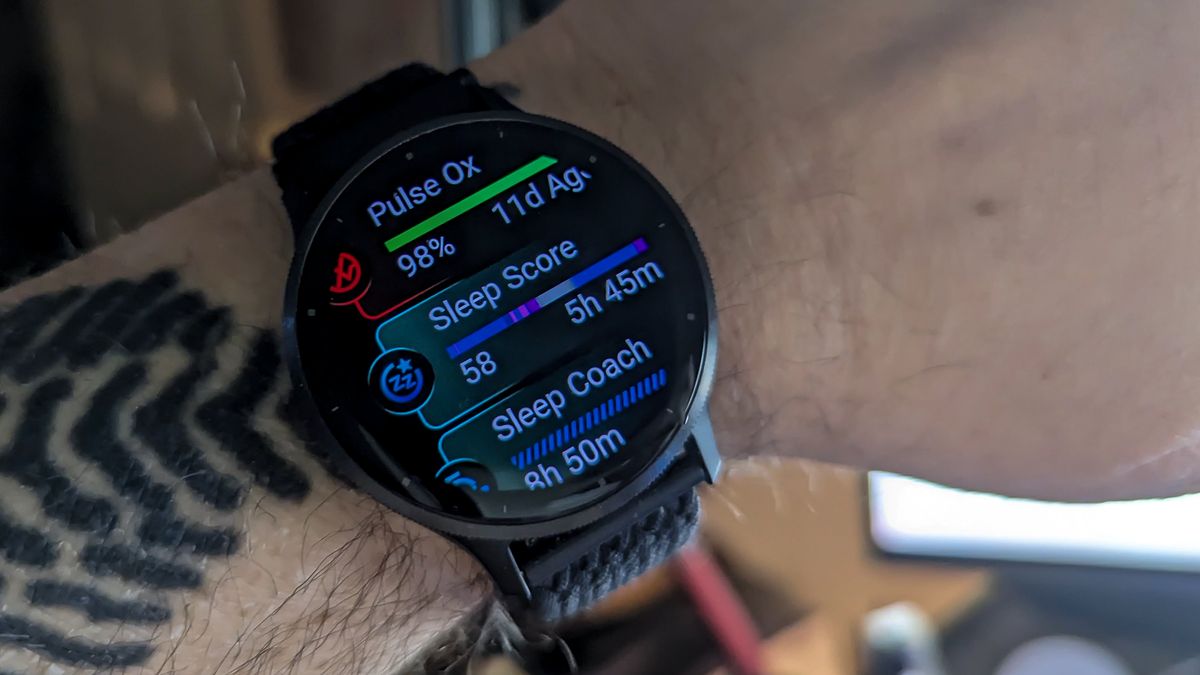Fitness
Boutique Fitness Centers Are Gaining In San Francisco, Lifting Retail

Pickleball isn’t the only fitness craze sweeping the Bay Area.
Pilates, strength training, high-intensity interval training and other specialized fitness routines have become the rage. And a growing preference to work out in smaller studios with fewer people near remote workplaces, namely homes, has fueled a wave of retail lease transactions for spaces that were abandoned after Covid lockdowns crippled the local market.
Courtesy of MX3 Fitness
Local fitness studio MX3 just opened its fourth location.
The trend of leasing smaller, ground-floor spaces in San Francisco commercial buildings started taking shape in the mid-2010s, but has resumed after a pandemic-related slowdown, said Krystal Channick, a partner with Maven Commercial Inc.
“Almost overnight, it seems, something turned and there’s a slew done or underway from two sources: local brands entering or reentering the market and some new entrants to the Bay Area,” she said.
For two years after Covid, Maven had “basically zero calls from operators for two years,” Channick said.
A wave of closures followed the pandemic. Downtown suffered the most, registering record-high central business district vacancies of 20.6%. A 20K SF 24 Hour Fitness shuttered at the end of 2023 after occupying 100 California St. for nearly three decades, reported the San Francisco Chronicle.
Crunch Fitness also closed a large facility at 350 Third St. after catering to downtown workers and commuters.
“There was a mass exodus of big-box gyms from downtown,” said Dave Karraker, co-owner of San Francisco-based gym MX3. “But if you go to the neighborhoods, they are thriving with restaurants and bars. Noe Valley on a weekend or even a weekday afternoon is always packed.”
Since the beginning of the year, six tenants have inked small deals for fitness studios or gyms in the Bay Area, and at least five more are shopping for locations, according to Maven. The leases range in size from 1.5K SF to 6.3K SF.
For many non-CBD locations, landlords command rents between $3 and $5 per SF on a triple-net basis, Channick said.
Married business partners Karraker and Glenn Shope expanded their MX3 fitness studio to its fourth San Francisco location in May. The pair opened their first location eight years ago, and their newest location at 4045 24th St. has a waiting list of more than 260 people, Karraker said.
MX3 used a broker to find space and negotiate its first two leases, but eventually it was closing deals on its own, Karraker said
“For the first two gyms, we had a broker from Corcoran because no landlords would call us back. And then once we got our second gym, if we made a phone call, we said we’re looking to expand to our third gym, and the landlords immediately called us back,” Karraker said.

Courtesy of MX3 Fitness
MX3’s Noe Valley location opened in May.
Bay Area-based XCore, a high-intensity interval training Pilates gym, has also expanded.
In March, XCore opened a location at 2528 Ocean Ave. in Lakeside Village.
“We chose that location because it’s a really underserved area, and we intentionally are looking for smaller neighborhoods that have a consistent, burgeoning demand for smaller boutique fitness studios,” XCore owner Elaine Pavich said.
Demand is strong enough to support several boutique fitness centers in Russian Hill, where XCore plans to open a new facility in mid-October totaling approximately 2K SF at 2139 Polk St. in Russian Hill.
“There are at least four or five within a 5-mile radius of our Polk Street location,” Pavich said. “We’re surrounded by very similar types of studios. However, we decided to move forward with our plans to enter that neighborhood.”
According to research firm IBISWorld, the gym, health and fitness clubs industry has expanded from 2019 to 2024 to become a $4.8B business annually. Across California, there are roughly 15,300 fitness centers of all sizes.
Gym and fitness center growth could also be attributed to the simplicity of opening a gym and the lack of capital required to start the business.
“What’s unique about a gym is that it doesn’t take a lot to turn any space, except maybe a kitchen or a restaurant, into a gym. In most instances, what we’re looking for is a box, a simple concrete floor that we can put rubber mats on and then add on some bathrooms,” Karraker said.
“It doesn’t take a ton of capital to start a gym, “ Karraker said. “As you grow the gym and start adding more equipment, prices start to go up. But for a smaller operator, it’s not difficult to start a gym business.”









